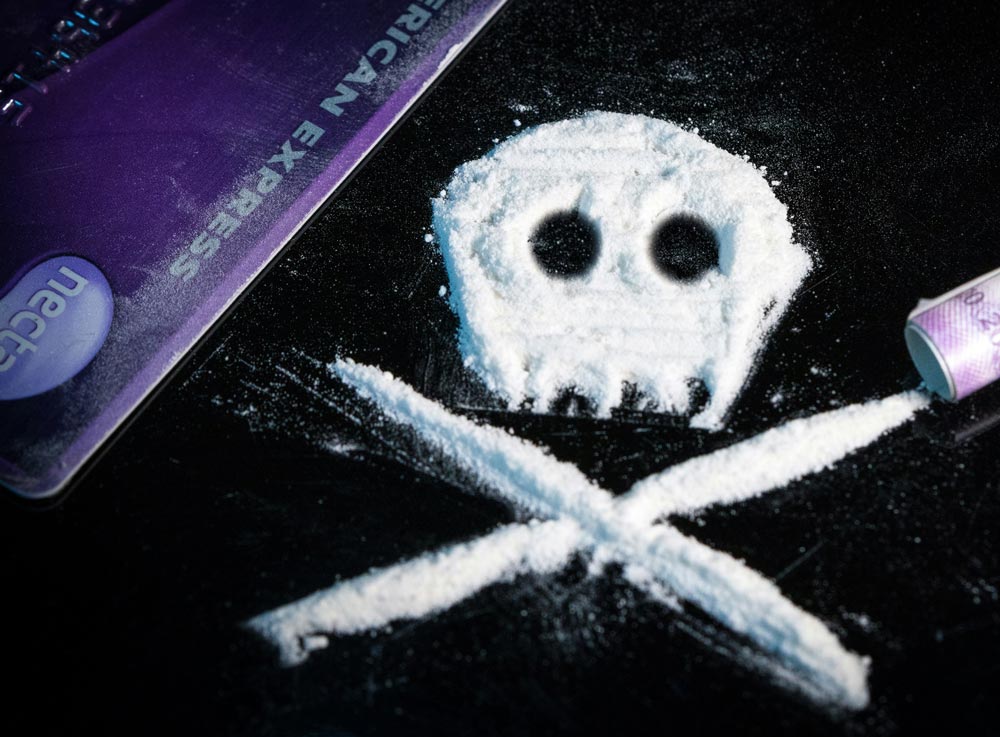While we usually love being world beaters, this is one record that no country wants. According to the United Nations World Drug Report 2025, Australia shared an unenviable record with New Zealand, as the highest per‑capita users of cocaine in the world in 2024.
Yes, that’s right, with approximately 3% of people aged 15–64 reporting cocaine use in Australia, we lead the world along with our cousins over the ditch. In fact, the figure is nearly double the United State’s 1.6 %, and almost three times Europe’s 1.1 %.
The news isn’t all bad. Analysis suggests most users of cocaine engage only in occasional use, rather than habitual consumption. But while many may partake recreationally, these figures highlight an issue that raises significant public health and workplace safety considerations.
Cannabis and MDMA Also High
The UN report reveals the Oceania region, including Australia and New Zealand, also ranks at the top globally for MDMA (ecstasy) usage. Reports describe MDMA prevalence as “by far the highest worldwide,” corroborated by biochemical markers in wastewater.
Cannabis isn’t left out—its use in Australia and New Zealand is more than 12% (15–64 age group), well above the global average of around 4.6 %. Even more worrying, the 15–16 age group shows 13% cannabis use, compared to a global average of only 4.4% among teens.
What’s Fuelling This Trend in Cocaine Use?
- Cocaine prices in Australia are among the highest worldwide—often A$350+ per gram. But high incomes and perceptions of cocaine as a “trendy” party drug are driving demand, particularly among well-educated professionals.
- Australia’s wealthy market and vast coastline make it an enticing target for traffickers. Cocaine imports are increasingly routed via the Pacific Islands, then shipped onwards to Australia and New Zealand. A record 2.34 tonnes seized in December 2024, valued at around A$760 million, highlights the scale of imports.
- The UN notes how conflicts around the world are disrupting traditional trafficking routes. Traffickers are expanding into Asia, Africa, and Oceania, channelling drugs to markets like Australia.
Why This Matters: Public Health and Workplace Safety
Even occasional cocaine use carries serious risks: cardiovascular strain, elevated heart rate, increased stroke risk, anxiety, depression and psychosis to name a few. In some cases the outcomes are fatal. In 2023, the number of unintentional deaths involving cocaine grew by 6.4% to 100.
For safety‑sensitive industries—construction, transport, mining, healthcare, for example—even occasional cocaine use can pose serious hazards. Effects such as impaired coordination, overconfidence, chest pain, or panic attacks can risk critical mistakes on the job.
Imagine a crane operator suffering chest pain mid‑shift, or a driver misjudging reaction times due to stimulant after-effects. These aren’t hypothetical concerns; occasional use can escalate rapidly in high-stress scenarios.
Lessons for Safety‑Sensitive Workplaces
Here are five key takeaways for workplace safety programs:
- Don’t assume rare equals safe. Occasional use doesn’t equal safety. Even single-use events can trigger unpredictable physical or cognitive impairment during critical operations.
- Tailored awareness training. Educate workers on the specific risks of stimulants: heart effects, heat stress, co-morbid use, and delayed recovery. Highlight scenarios like post-weekend fatigue or impulsive decisions that can endanger lives.
- Implement recovery-friendly policies. Encourage self-reporting by offering non-punitive pathways to treatment. This nurtures a culture of safety—where health is prioritised over blame.
- Monitor emerging threats. With MDMA and cannabis use running high, random testing regimes and health support need to cover a broad spectrum of substances.
- Stress management & support. Economic stresses or mental load can drive recreational drug use. Wellness programs, including mental health and stress support, can reduce risk and encourage early intervention.
In Summary
Australia’s standing as the world’s equal highest per‑capita user of cocaine and MDMA, and a top-tier consumer of cannabis, presents a stark wake-up call. While much of this is framed as occasional, recreational use, the potential for workplace harm—especially in safety‑critical industries—is real.
For Integrity Sampling and its clients, this data underscores a vital opportunity to go beyond minimal compliance. Implement proactive education, supportive policies, and a workplace culture that puts health and safety first. In doing so, we don’t just react to a national trend—we help lead the charge in building safer, healthier work environments, where no one leaves home more at risk than when they arrived.
FEATURED IMAGE CAPTION:
Australia and New Zealand top the UN’s global list for cocaine use, with high rates of cannabis and MDMA use too. Learn what this means for safety-sensitive workplaces and how to respond. Credit Colin Davis https://unsplash.com/photos/white-and-black-owl-figurine-c3m56pq0J1M





